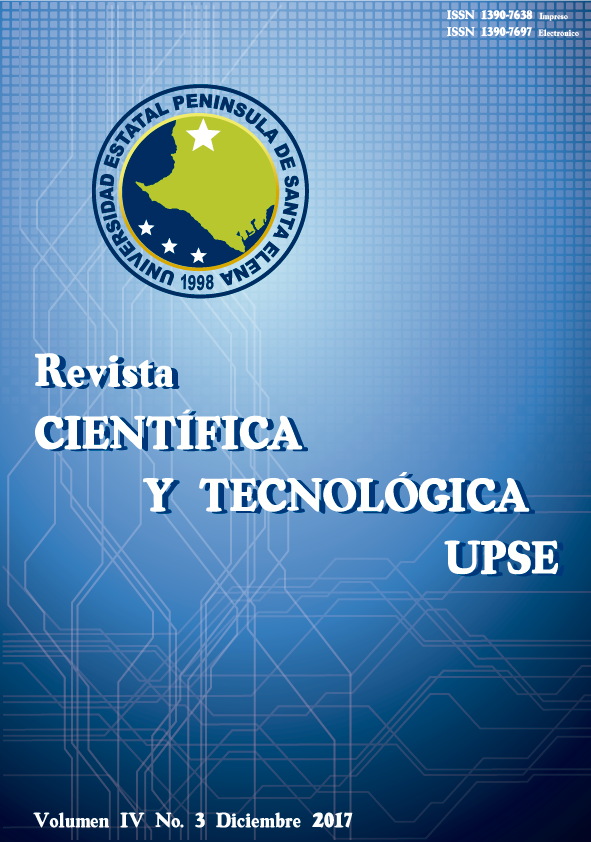Coastal hazard assessment and climate change record since MIS-3, central coast of Ecuador
DOI:
https://doi.org/10.26423/rctu.v4i3.283Keywords:
Cliff-retreat, coastal climate hazards, sea-level rise, JaramijóAbstract
Stratigraphic, biological and geochemical analyzes have provided sufficient information to reconstruct the paleographic and climatic evolution of the coast of the Jaramijó canton. One of the most remarkable results is the identification and delineation of a paleo sea-cliff of age 14C 43,245 ± 460 B.P. (belonging to the MIS-3). This MIS-3 is associated with a period of glaciation, but the data obtained and interpreted in this study indicate that the central coast of Ecuador has an interstadial phase (warm years in a glacial stage). Two more paleo-coastal cliffs have been mapped from orthofotos analysis, but these are younger. The Holocene transgression has modified the central coast of Ecuador and increased the level of coastal climate hazard by sea-level rise. Paleo-coastlines have been evidenced in the depth contours of -5.5m and -7.6m, at 440 and 650 m distances from the up-to-date coastline. For the Jaramijó site, the rate of cliff-erosion and wave-cut platforms is in the order of 1.1 to 2.4 m/yr. These cliff-erosion rates can be increased if we consider mathematical models with an estimated sea-level rise scenario to be in 2100 of about +1 to +1.4m.
Downloads
Downloads
Published
Issue
Section
License
El titular de los derechos de autor de la obra, otorga derechos de uso a los lectores mediante la licencia Creative Commons Atribución-NoComercial-CompartirIgual 4.0 Internacional. Esto permite el acceso gratuito inmediato a la obra y permite a cualquier usuario leer, descargar, copiar, distribuir, imprimir, buscar o vincular a los textos completos de los artículos, rastrearlos para su indexación, pasarlos como datos al software o usarlos para cualquier otro propósito legal.
Cuando la obra es aprobada y aceptada para su publicación, los autores conservan los derechos de autor sin restricciones, cediendo únicamente los derechos de reproducción, distribución para su explotación en formato de papel, así como en cualquier otro soporte magnético, óptico y digital.












